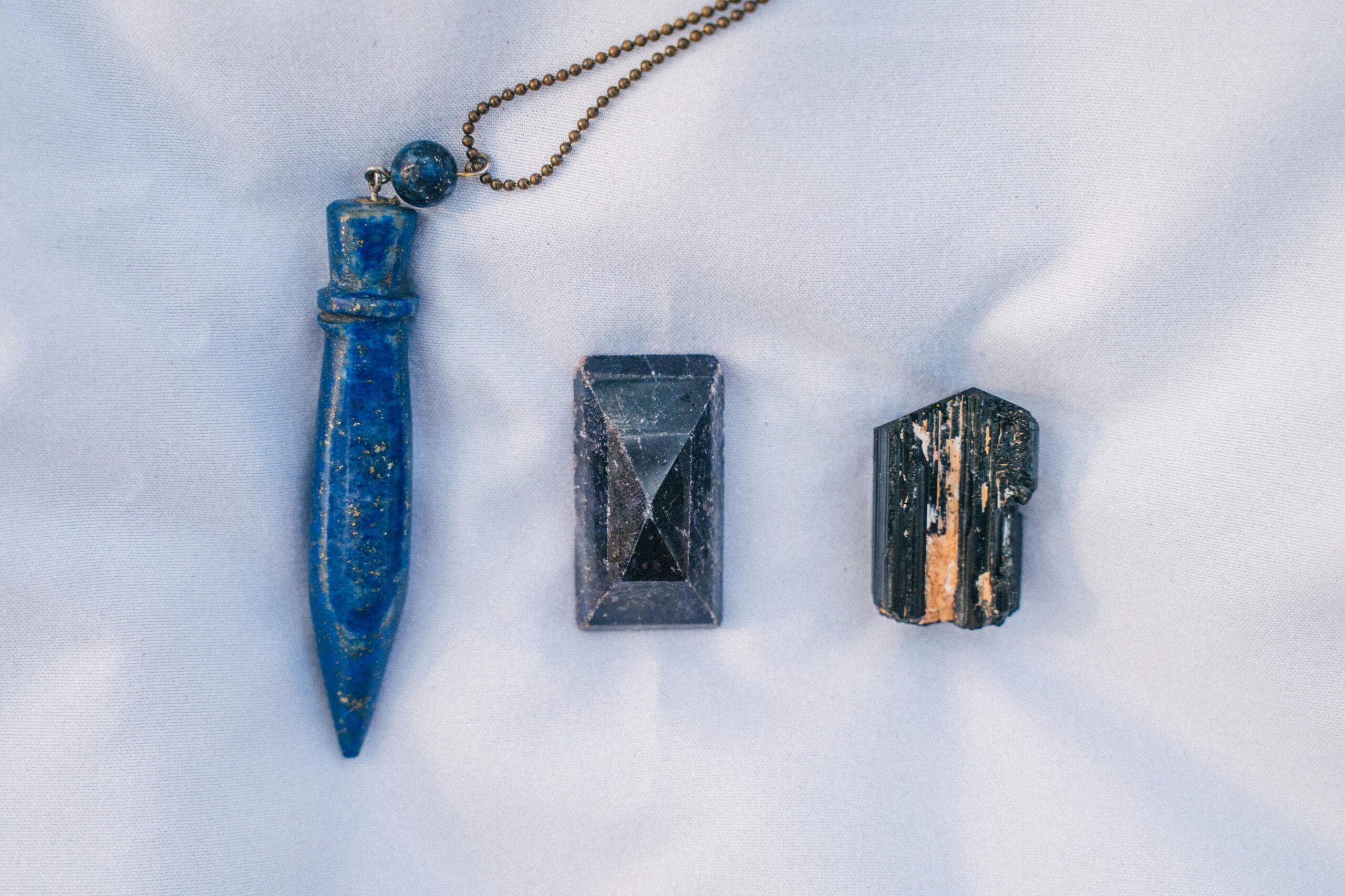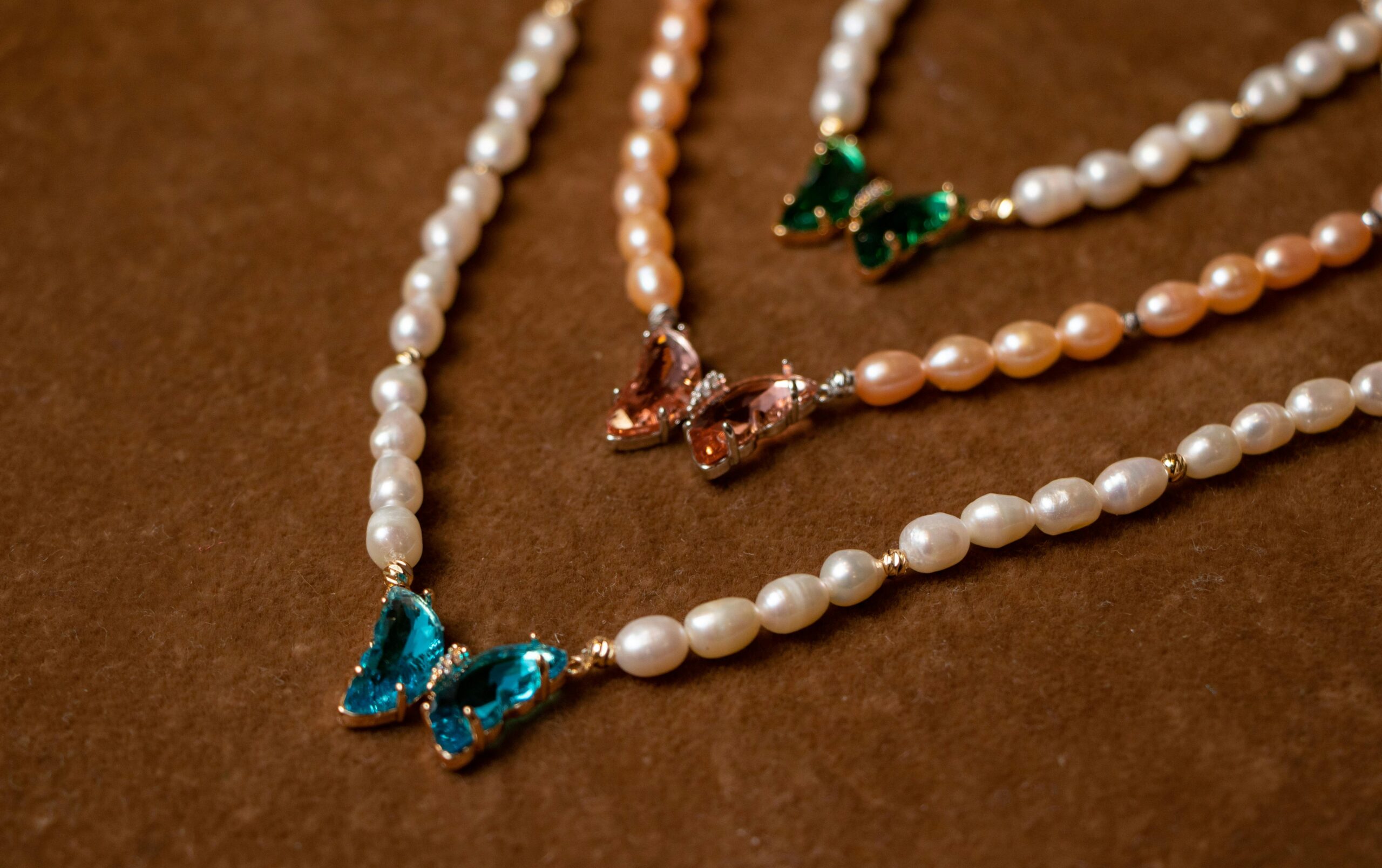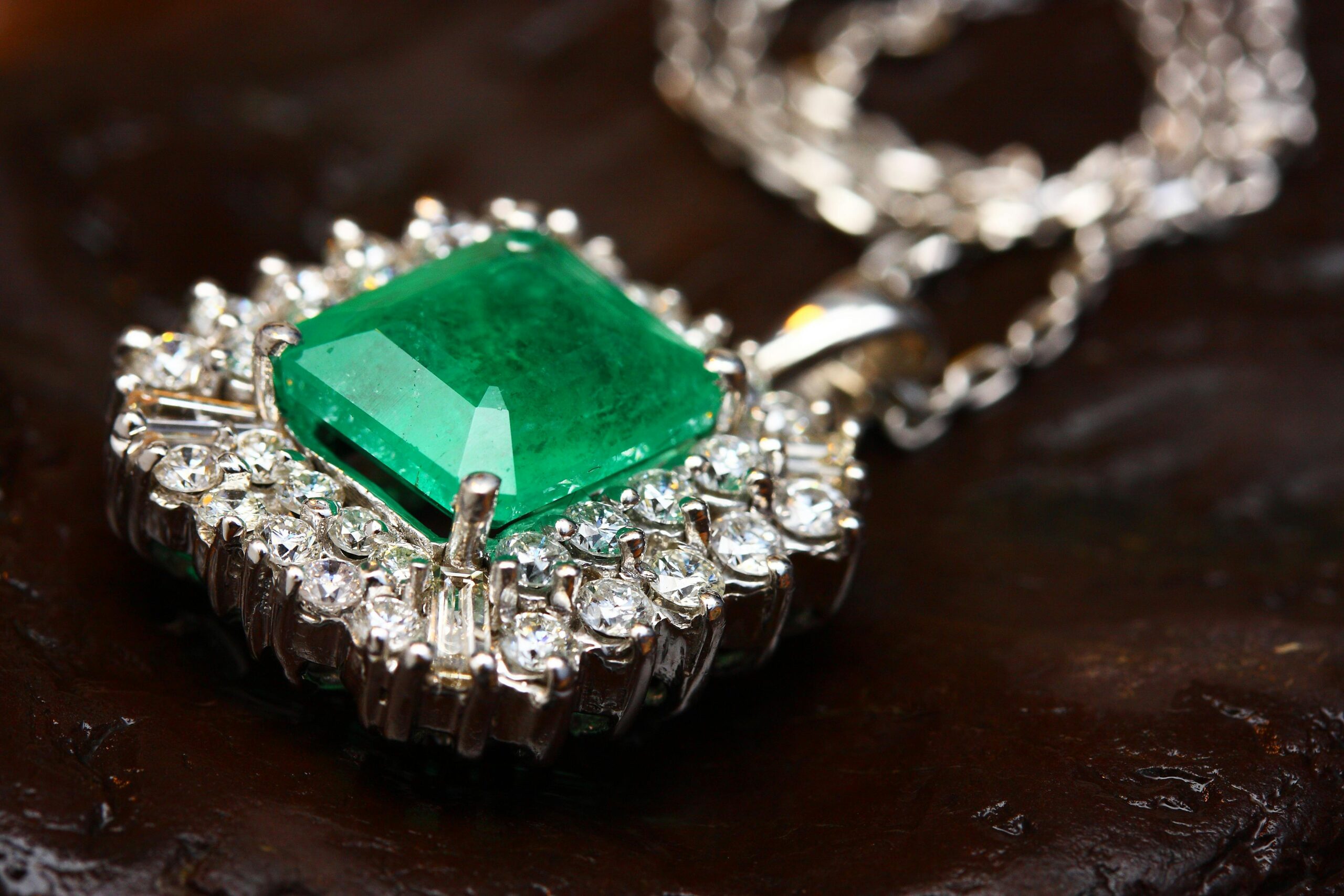Carat in Diamond: A Complete Guide
Diamonds are a girl’s best friend. Who wouldn’t mind a beautiful diamond ring, necklace or earrings? They’re so versatile that they’ve been associated with love, prosperity and happiness since time immemorial. However, when anyone is purchasing a diamond, they’re usually asked how many “carats” they want. A layman would have very little or absolutely no knowledge about diamond carats. Unless he/she has pursued a Certificate Course in Diamond Grading and Identification.
Whether a diamond is natural, lab-grown, or a simulant, carat is an important attribute of diamond quality that helps one assess its overall value.
What is a Carat?
Carat is the measure of a diamond’s weight not size. People often mistake it for the size. The weight of a single carat is 200 milligrams. This means a 5-carat diamond weighs one gram. A carat consists of 100 points. Jewellers usually use an electric micro-balance scale to weigh a diamond. This helps gemmologists rate a diamond extremely accurately. You’ve probably noticed that whenever you’re purchasing a diamond, the diamond carats are often given in decimals such as 1.73 carat or 2 carats. Diamond carat is also an important factor that determines the quality of this precious stone.
The carat weight of a diamond differs across different shapes such as princess, round, oval, cushion, marquise or heart. Thus, always remember that carat weight does not always determine size.
4Cs of Diamond Quality
In order to evaluate diamond quality, analysing the 4Cs is extremely important. The 4Cs stand for cut, colour, clarity and carat weight. A diploma in diamond grading will help you understand each of these Cs in depth. For those interested in pursuing a career in diamond sorting or appraising, having basic and advanced diamond education is imperative. Let’s take a look at what each of these 4Cs signify:
Cut
Diamond cut has the greatest effect on the beauty of a diamond. A precisely cut diamond is more captivating than a one that hasn’t been cut well. When a diamond grader evaluates a diamond, they mainly look at the balance and brilliance of the facets to see whether the diamond cutter has done a good job or not.
Colour
Colour is the second most important 4C of diamond evaluation. Diamonds may come across as colourless. However, the hue can range from light yellow to light brown. The lesser the colour, the higher the grade. Buyers usually prefer purchasing diamonds with a slight yellow tinge because of its warmth.
Clarity
Diamond clarity is all about assessing small imperfections on the surface of the diamond and within the stone. Visible flaws are referred to as blemishes whereas internal defects are called inclusions. The beauty of a diamond is not affected by it in any way as they can’t be detected with a naked eye. Remember, natural diamonds and gemstones are not perfect. In every stone, you will find few flaws and inclusions. Diamonds with very few inclusions have the highest price tag and are referred to as the highest clarity grades.
Carat Weight
The final of the 4Cs is carat weight. It is the most popular indicator that shows how large a diamond is. There is a common misconception that a large carat weight is better than a small carat. While everybody desires a big rock, it is not necessarily related to sparkle. The cut determines how beautifully the diamond shines. For example, a diamond with a higher carat weight but poor cut may look smaller than a diamond with a very good cut and smaller carat weight.
Tips to Maximise Carat Value on a Budget
Diamonds are precious stones. Thus, they will always be expensive. However, that doesn’t mean you can’t find a diamond in your budget. When you decide to buy a diamond ring or a solitaire, follow these tips:
- Buy a loose diamond: When one wants to invest in diamond jewellery, they usually go to a jewellery store. Instead of going and picking up a piece upfront, buy a loose diamond. When you pick up just the stone, you have the opportunity to customise it the way you want. This way, it will fall in your budget and you get to avoid any storefront markups.
- Consider lab grown diamonds: Compared to naturally mined diamonds, lab-grown diamonds are half the cost. It also offers the same beauty and sparkle. They are even evaluated on the basis of their 4Cs. It is also colourless and comes with the ideal cut. This option is the best for those who want to own a diamond but not shell out much.
- Don’t opt for a whole number carat weight: When people look at carats in diamonds, they generally opt for whole numbers such as 2-carat or 3-carat. If you want to save a bit of money, choose a carat weight that is slightly lesser than a whole number. For example, the look, shine and feel of a 2.88 carat diamond is as good as a 3-carat diamond. However, it will cost you slightly less. This tip is particularly helpful when you’re buying a diamond for an engagement ring.
Conclusion
There are no two thoughts about the fact that diamonds are beautiful, precious gemstones. Now that you’re aware what carat size means, you can go ahead and select a diamond with confidence and as per your budget. A diamond carat weighs exactly the same in every corner of the world. If learning about diamonds excites you, you can pursue a certificate course in gemmology or a diamond grading certification from Vogue, premier institute of art and design in Bangalore.




